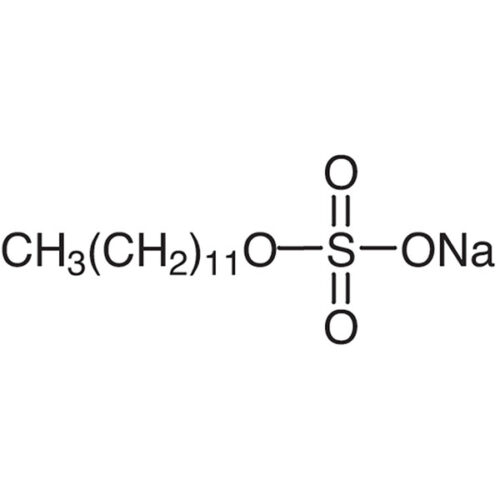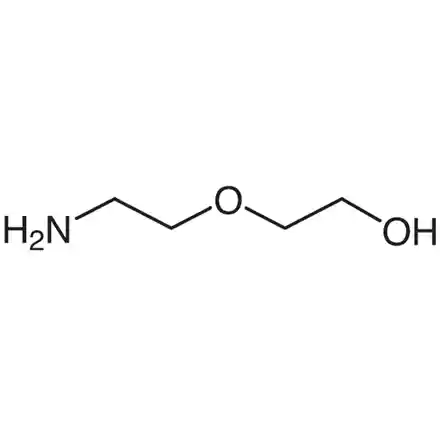- Home
- Products
- SLS CAS 151-21-3
- SDS CAS 151-21-3
- AOS CAS 68439-57-6
- LDS CAS 2044-56-6
- SVS CAS 3039-83-6
- SOS CAS 142-31-4
- SLES CAS 68585-34-2
- Sodium 2-ethylhexyl sulfate CAS126-92-1
- Sodium octyl decyl alcohol sulphate CAS85338-42-7
- Potassium dodecyl sulphate CAS4706-78-9
- Sodium decyl sulfate CAS142-87-0
- Magnesium Dodecyl Sulfate CAS3097-08-3
- Gypsum board foaming agent
- Guanidine hydrochloride CAS 50-01-1
- Tricine CAS 5704-04-1
- TES CAS 7365-44-8
- TAPS CAS 29915-38-6
- CAPS CAS 1135-40-6
- BICINE CAS 150-25-4
- BES, Free Acid CAS 10191-18-1
- ADA CAS 26239-55-4
- 2-Morpholinoethanesulfonic acid monohydrate CAS145224-94-8
- HEPES CAS 7365-45-9
- MOPS sodium salt CAS 71119-22-7
- MOPS CAS 1132-61-2
- BIS-TRIS propane CAS 64431-96-5
- ACES CAS 7365-82-4
- Tris(hydroxymethyl)aminomethane CAS77-86-1
- About
- Contact
- Home
- Products
- SLS CAS 151-21-3
- SDS CAS 151-21-3
- AOS CAS 68439-57-6
- LDS CAS 2044-56-6
- SVS CAS 3039-83-6
- SOS CAS 142-31-4
- SLES CAS 68585-34-2
- Sodium 2-ethylhexyl sulfate CAS126-92-1
- Sodium octyl decyl alcohol sulphate CAS85338-42-7
- Potassium dodecyl sulphate CAS4706-78-9
- Sodium decyl sulfate CAS142-87-0
- Magnesium Dodecyl Sulfate CAS3097-08-3
- Gypsum board foaming agent
- Guanidine hydrochloride CAS 50-01-1
- Tricine CAS 5704-04-1
- TES CAS 7365-44-8
- TAPS CAS 29915-38-6
- CAPS CAS 1135-40-6
- BICINE CAS 150-25-4
- BES, Free Acid CAS 10191-18-1
- ADA CAS 26239-55-4
- 2-Morpholinoethanesulfonic acid monohydrate CAS145224-94-8
- HEPES CAS 7365-45-9
- MOPS sodium salt CAS 71119-22-7
- MOPS CAS 1132-61-2
- BIS-TRIS propane CAS 64431-96-5
- ACES CAS 7365-82-4
- Tris(hydroxymethyl)aminomethane CAS77-86-1
- About
- Contact
HEPES CAS 7365-45-9
HEPES CAS 7365-45-9
4-(2-Hydroxyethyl)piperazine-1-ethanesulfonic acid, N-(2-Hydroxyethyl)piperazine-N′-(2-ethanesulfonic acid)

Description:
HEPES has been described as one of the best all-purpose buffers available for biological research. At biological pH, the molecule is zwitterionic, and is effective as a buffer at pH 6.8 to 8.2. HEPES has been used in a wide variety of applications, including tissue culture. It is commonly used to buffer cell culture media in air. HEPES finds its usage in in vitro experiments on Mg.
HEPES, also known as 4-(2-Hydroxyethyl)piperazine-1-ethane-sulfonic acid, is a zwitterionic N-substituted aminosulfonic acid buffer. It is effective in the pH 6.8-8.2 range, with a pKa of 7.48 at 25°C. Recognized as one of the best all-purpose buffers, especially in cell biology, biochemical, and biological research, HEPES is a dipolar ionic buffer and one of the Good′s buffers that does not form significant complexes with most metal ions. This property makes it suitable as a non-coordinating buffer in solutions with metal ions.
Widely utilized in cell culture, HEPES excels at maintaining physiological pH despite fluctuations in carbon dioxide concentration produced by cellular respiration, a feature not as prominent in bicarbonate buffers. It serves as an ampholytic separator for creating pH gradients in isoelectric focusing and exhibits less interference with DNA-restriction enzyme reactions compared to buffers with fewer substituted amine groups, such as Tris. Beyond these applications, HEPES may find application in various biological and biochemical studies, including immunoprecipitation, cell lysis, and live cell imaging. Its versatility makes it an indispensable tool in diverse research applications.
Application:
HEPES has been used:
As a component in Danieau medium, which is used to prevent melanin pigment formation post gastrulation of zebra-fish embryo.
As a component of Hanks′ solution used in the degradation testing of Iron.
As a component of HEPES medium in the transfection of cell culture with plasmids.
Along with RPMI-1640, L-glutamine, FBS, Sodium pyruvate and β-mercaptoethanol for the culturing of rat insulinoma cells.
As a supplement in TCM199 medium for washing fresh oocytes required for nuclear transfer studies.
Features and Benefits:
High purity product for biochemical and biological research
Suitable for Cell culture
Highly soluble in water with a useful pH range of 6.8 – 8.2 and pKa of 7.5 at 25 °C
| Empirical Formula (Hill Notation): | C8H18N2O4S |
| CAS Number: | 7365-45-9 |
| Molecular Weight: | 238.3 |
| Beilstein: | 883043 |
| EC Number: | 230-907-9 |
| MDL number: | MFCD00006158 |
| UNSPSC Code: | 12161700 |
| PubChem Substance ID: | 24895572 |
| NACRES: | NA.25 |
| Assay | ≥99.5% (titration) |
| form | crystalline powder |
| storage condition | dry at room temperature |
| technique(s) | cell culture | mammalian: suitable |
| color | white |
| pH | 5.0-6.5 (25 °C, 238 g/L) |
| useful pH range | 6.8-8.2 |
| pKa (25 °C) | 7.5 |
| solubility | water: 500 mg/mL, clear, colorless |
| suitability | suitable for component for culture media |
| suitable for enzyme extraction | |
| application(s) | diagnostic assay manufacturing |
| general analytical | |
| life science and biopharma | |
| pharmaceutical | |
| SMILES string | OCCN1CCN(CC1)CCS(O)(=O)=O |
| InChI | 1S/C8H18N2O4S/c11-7-5-9-1-3-10(4-2-9)6-8-15(12,13)14/h11H,1-8H2,(H,12,13,14) |
| InChI key | JKMHFZQWWAIEOD-UHFFFAOYSA-N |
Application
ORID products are tested extensively in-house and supplied worldwide to the Life Sciences industries.
Related Products
ORID products are tested extensively in-house and supplied worldwide to the Life Sciences industries.
Company Profile
The capabilities of a chemical company that possesses both production and research and development (R&D) capabilities include
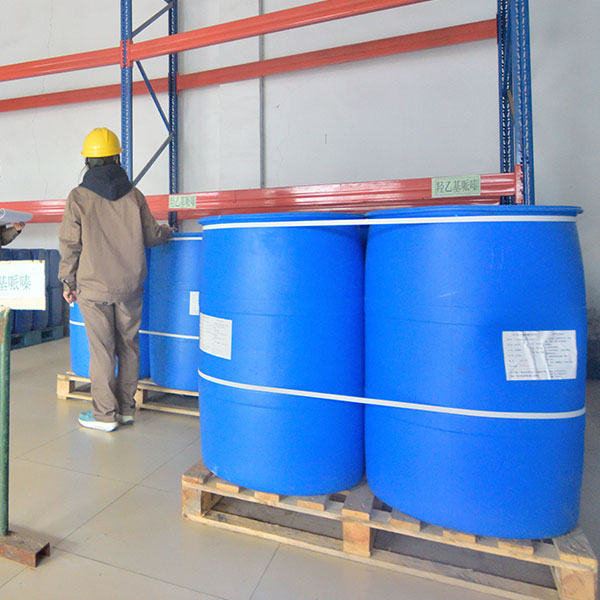
Technical Expertise
ORID have a team of highly skilled scientists, engineers, and technicians who possess deep knowledge and expertise in chemical research and development.
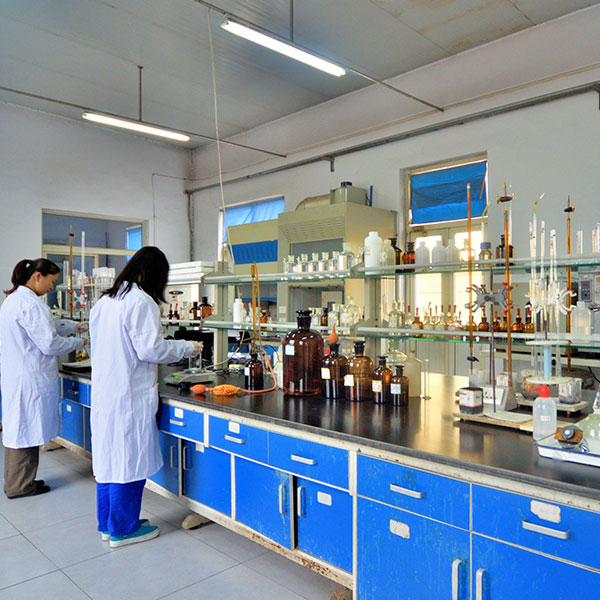
Laboratory Facilities
A well-equipped R&D laboratory is essential for conducting experiments, analyzing samples, and testing the performance of chemical products.
Innovation and Creativity
ORID foster a culture of innovation and encourage creative thinking among its R&D personnel.
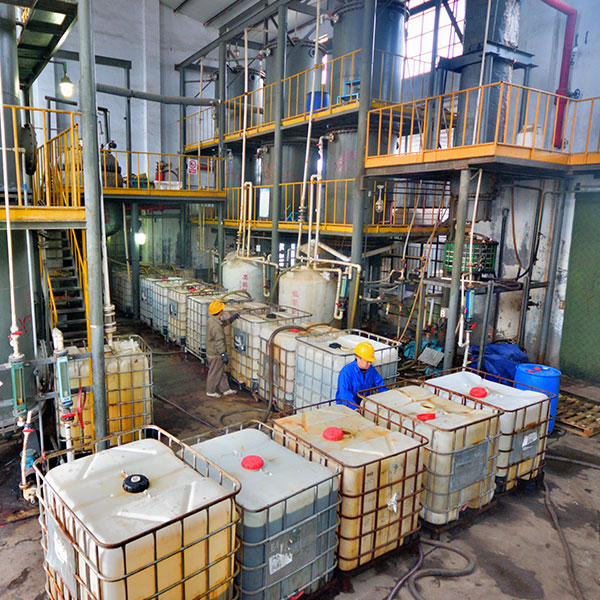
Collaboration and Communication
Effective collaboration and communication are vital for a successful R&D factory.
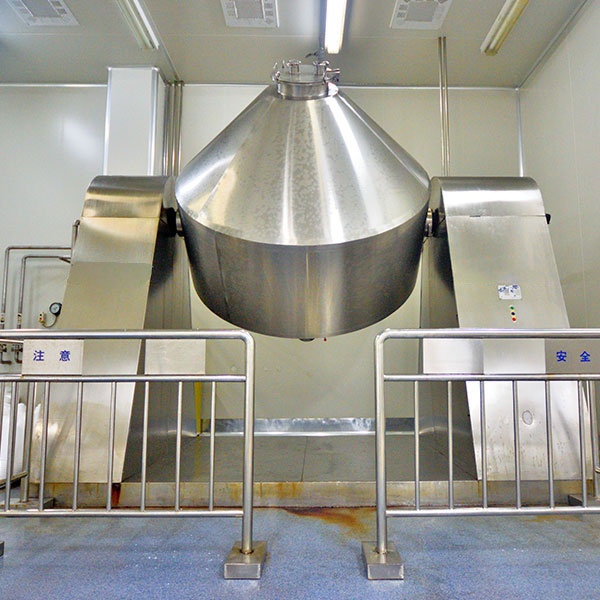
Freequently Asked Question..?
We place a high value on the trust our customers and partners put in us. We ensure confidentiality through non-disclosure agreements and by employing stringent data protection measures across all stages of our business interactions. Your proprietary information is safeguarded with the utmost care and discretion.
Lead times can vary based on product type, availability, and order volume. Generally, we aim to process orders within 4-6 weeks from the date of confirmation. We also offer expedited services for urgent requirements. Please contact our sales team for specific lead times related to your order.
Absolutely. We specialize in developing customized chemical solutions tailored to our clients’ specific needs. Our expert R&D team works closely with clients to understand their requirements and deliver products that meet their exact specifications. For customization inquiries, please reach out to our technical support team.
We are happy to provide samples for testing and evaluation purposes. To request a sample, please visit our website’s “Contact Us” page, and fill out the request form with details about your needs and the specific product you are interested in. Our sales team will follow up with you to arrange the delivery of the sample.
